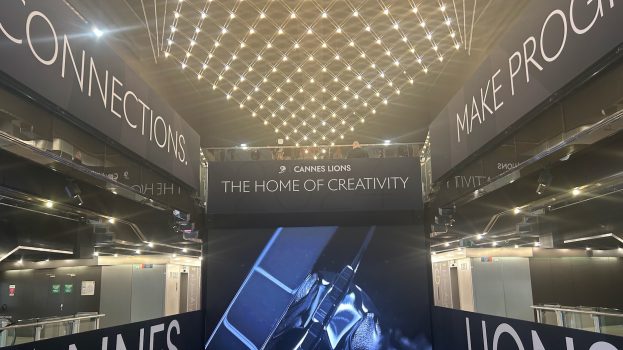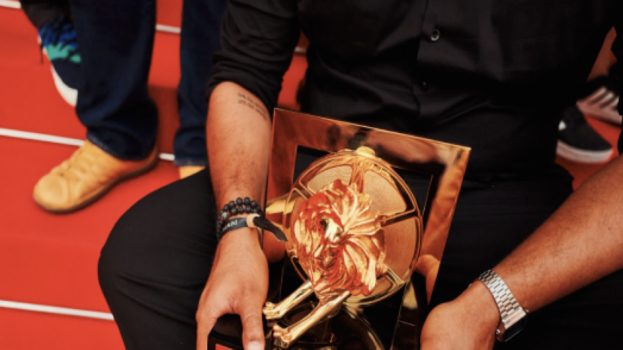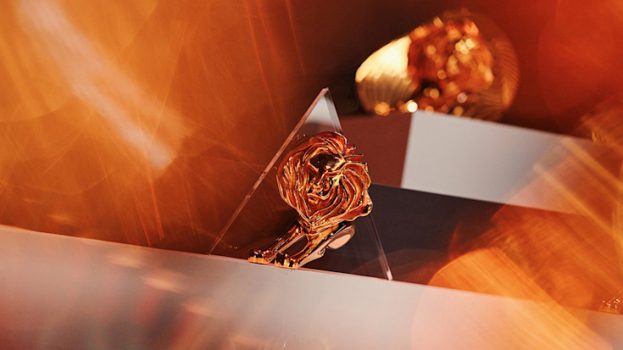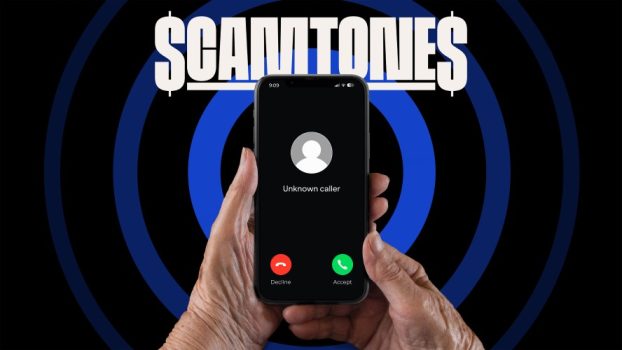This article appears in the Summer 2016 issue of strategy.
Two handsome, hirsute men with tattooed forearms are mocked when they row out to an iceberg, unwrap their artisanal picks and chip some cubes into a Scotch glass. Colombian coffee farmers turn up their noses when served the frothy concoctions their labour has unwittingly yielded. A car brand offers to mow down that friend with the insufferable Facebook posts featuring expensive meals and exotic vacations. One of the world’s biggest beer brands declares itself a “macro brew” meant for drinking, not dissecting or fussing over.
Advertisers are pushing a new version of authenticity born from the excesses of the old one, which fetishized expertise and turned otherwise good people into boring pedants. It’s OK to make fun of the whisky sipper whose vocabulary includes words like “dram” and “viscous” and “mouthfeel”; there’s a surprising amount of disdain for the use of pumpkins in coffee or beer. It’s open season on pretentiousness.
J.P. Wiser’s launched its “Tastes Like Whisky” campaign, with creative from John St., in April. In the first spot, as the men mentioned above approach the iceberg, the narrator sighs: “That’s a long way to go for a couple of cubes, fellas.” The spot cuts to a backyard party where less pretentious people cheers glasses that don’t match, and the narrator tells us all that’s “needed to enjoy whisky is great whisky.”
[iframe_youtube video = “Fn0vLjvHLbU”]
The campaign reflects a changing whisky drinker, says Laura Bruce, senior brand manager for Canadian whisky at Corby Spirit and Wine. Its consumer is 25 to 35 years old, mostly male, suburban or from smaller cities, gainfully employed and coupled, spending less time at bars and more at home with friends.
Most importantly, this guy is “authentic” and “unpretentious.”
The campaign is “real and down-to-earth,” Bruce says, because so are the people drinking Canadian whisky. The ad exploits the tension around the idea that there are rules for drinking whisky, particularly Scotch, with its sniffing and swirling and curved glasses and chilled rocks. The idea is that the brand’s consumers will see themselves at the end of the commercial.
And the contrast with the two guys at the beginning?
“We did make them a little more extreme to show that contradiction between the two sides,” Bruce says.
Nabob is playing off the clash within coffee culture in its “Respect the Bean” campaign, launched in 2014 with Ogilvy and then Taxi 2 on creative. The spots show Colombian coffee growers presented with “what’s being passed off as coffee these days”: the frozen, frothy, pumpkin spice concoctions the brand is defining itself against.
“What sets campaigns apart is really having a cultural tension that resonates with your target audience and one you can effectively communicate your brand through,” Heather Fadali, senior brand manager for coffee at Kraft Heinz, told strategy earlier this year.
That tension is the excesses of coffee culture, with unpretentious Nabob as the antidote.
[iframe_youtube video=”j1OXUnZsZbM”]
J.P. Wiser’s and Nabob’s campaigns reflect a backlash against an extreme version of authenticity that emerged in recent years, says Johanna Faigelman, cultural anthropologist and CEO of consultancy Human Branding.
That idea was based around knowledge and expertise but soon became overly complex and ripe for satire. People started counting International Bitterness Units (IBU) in their IPA, and sourcing the spring water used in their loaves of roasted garlic and rosemary sourdough.
“We’re all recognizing a bit of overkill in some of these areas,” she says. What’s interesting is that the response is coming from the same cultural trend of “the quest for authenticity.”
“But the authenticity now is about peeling back the layers of fanciful, almost snobbish knowledge that has started to accumulate about what a really good whisky or cup of coffee is,” Faigelman says.
In 2012, Mitsubishi and 180 L.A. created an app called “Mitsubishi Unpretentious.” It analyzed Facebook pages to determine your most pretentious friend before running over his or her profile photo with a 2013 Outlander Sport.
A few years later, in its 2015 Super Bowl spot, “Brewed the Hard Way” by Anomaly, Budweiser took dead aim at craft brewers. “Let them sip their pumpkin peach ale,” it said. “We’ll be brewing us some golden suds.” After the ad drew reactions from craft brewers, including an online parody video, the brand doubled down in its 2016 Super Bowl spot, once again defining itself against the craft ethos and declaring its product “not for everyone.”
[iframe_youtube video=”rF711XAtrVg”]
Philippe Garneau, president of GWP Brand Engineering, calls the “reset” a response to some of the “silliness” that came out of the authenticity quest, an acknowledgment that we have overthought things.
“In general right now, a soft target is narcissism and hipster culture,” he says. “It becomes an us-and-them thing. If you can leverage the fact that you’re not trying to market while marketing, that will give you a sense of credibility and authenticity.”
The original “quest for authenticity” flowed from millennials, who grew up exposed to and constantly sharing vast amounts of information, which created pride in gaining expertise by themselves, Faigelman says.
But the information age, particularly social media, has also created a more polarized world for brands. “This is all about carving out tribal differences amongst consumers,” says Clive Veroni, president of Leap Consulting and the author of Spin: How Politics Has the Power to Turn Marketing on Its Head.
Marketers used to look at the centre of the bell curve and aim to make it as high and wide as possible, he says. But social media has pushed the action to the edges: in politics – as witnessed in this U.S. primary season with Donald Trump and Bernie Sanders – and in marketing.
“The whole middle ground is collapsing, which is making traditional mass marketing less effective,” he says. “Companies are being forced to take a position because there’s no neutral, middle ground to occupy.”
So brands look for cultural tension, no longer as worried about alienating potential consumers. Bruce maintains that wasn’t the goal for J.P. Wiser’s. The Nabob ad makes fun of coffee culture without showing the people who enjoy the creamy drinks it savages, and Bruce says J.P. Wiser’s was also taking aim at the culture – represented by the journey to the iceberg – more than a particular kind of person. “It’s a fine line,” she says.
But the brand hasn’t experienced a backlash, and Bruce says that could be partly because the marketing has been so targeted (during sports games, primarily) that those who would take offence likely weren’t watching.
Garneau notes these unpretentious ads target consumers who wouldn’t be interested in the premium products or esoterica being mocked. That makes it easier to pitch a no-frills approach without necessarily having the best product.
“[The target has] no idea that people would go and spend $56 per quarter-pound on a coffee bean that was shat from a monkey in Indonesia,” he says, referring to Kopi Luwak coffee, which uses beans gathered from civet feces.
Faigelman says the “core desire of having some knowledge about what you’re consuming” hasn’t necessarily changed, but people are recognizing that you don’t have to go overboard. “The best way to look at things is to have a healthy dose of realism, pragmatism and an ironic self-referential wink,” she says.
The question is whether this “inverted snobbism,” as Garneau calls it, will go too far, releasing the pendulum back the other way.In his 2016 book Pretentiousness: Why It Matters, author Dan Fox goes after authenticity worship, writing that “claims to ordinariness and salt-of-the-earth virtue are themselves pretentious”; dropping your aitches or choosing Kraft Singles over parmesan to appear authentic is “classic downwardly mobile play-acting.”
The positions are not static. As Veroni put it, “One man’s pretentiousness is another man’s authenticity.”
























